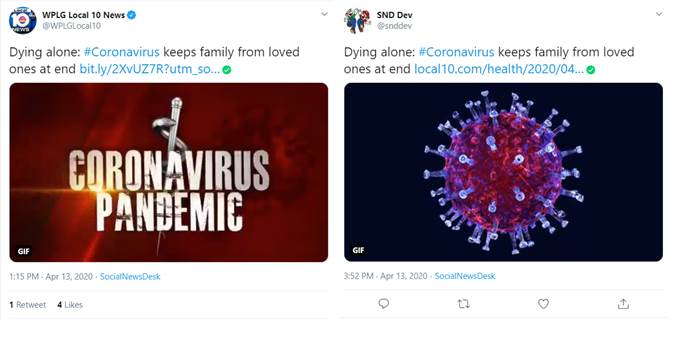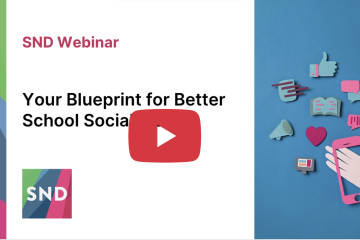We hear from many of our clients wondering about best practices on social, particularly as Facebook and Twitter continuously change the way they display content.
Back before Facebook and Twitter used link cards, it was common for publishers to post an image with a link in the body of the caption. Facebook developed and implemented Open Graph tags back in 2010 in order to scrape the correct thumbnail, title and description for links, and offer Facebook users a more visually appealing experience. Twitter added link card functionality back in 2015, making it easier for users – particularly on mobile devices – to tap on links they were interested in.

Since then, most newsrooms do post their links “as links”, relying on Open Graph tags or Twitter card metadata to power a rich visual display of links. But sometimes publishers put links in the text/caption area of their posts with an attached photo or video. And some of those publishers use a link shortening tool like bit.ly or po.st to make the link shorter so it takes up less space in the text area of a post.
While it may be visually more appealing, studies have shown that users are 4-5 times less likely to click on a “hidden” bit.ly link because there’s no way to know for sure where they’ll be sent when they click (it could be a porn site, hacker site or other spam). Users prefer to see the root domain and are much more trusting of a link that shows where it goes.

Facebook and Twitter have updated the way they handle links visually so that – for the most part – the longform URL is no longer shown. Instead, both platforms automatically truncate the link so that it is tidier in the text field. The exception is Facebook posts viewed on mobile devices.

If click-through is important, we recommend posting links as links. Twitter cards have a much higher click through rate than links in text with appended media. And Facebook has long promoted that news organizations should post links as links vs putting them in the body of the post. Our studies have shown that people are 6-7 times more likely to click on a link in a link post than a photo/video post with link in the body.
What about those times when a video is the best way to tell a story? Let the video do the talking. If you must post a link, we suggest adding it in the comments using SND’s Scheduled Interactions tool. Comments from pages show up at the top of the comment feed, making it easier for your fans to find your full, trusted link – while still keeping your post tidy.





